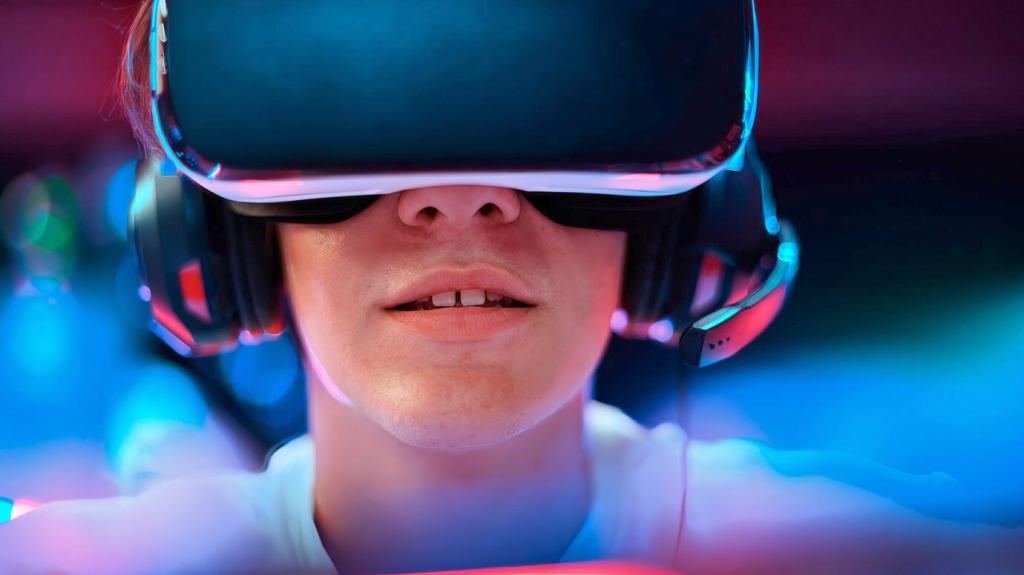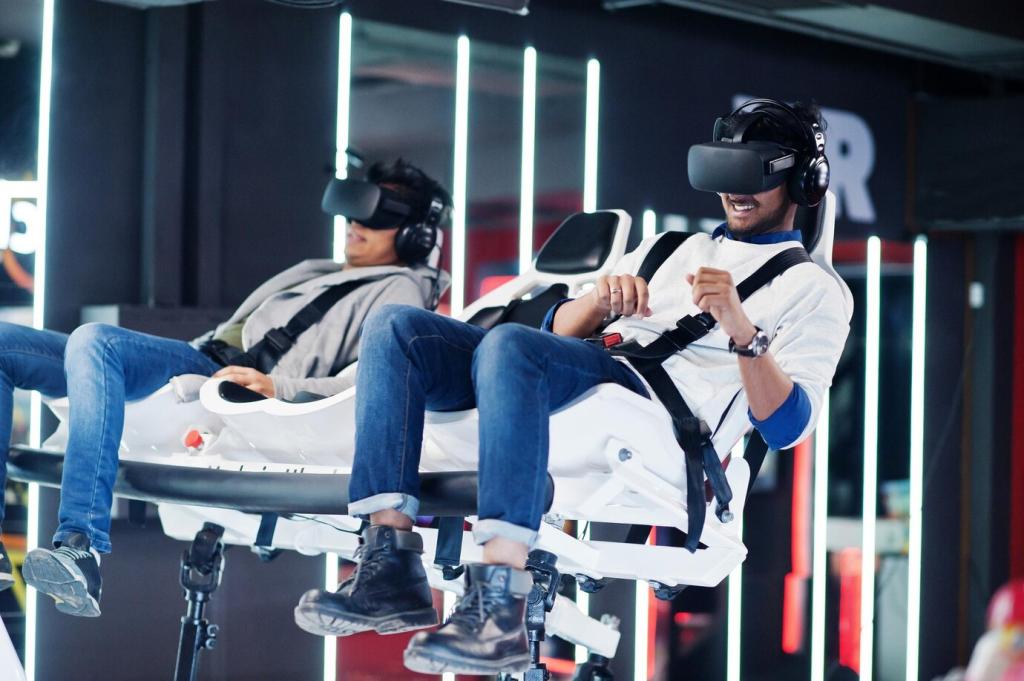
Augmented Reality in Board Games: Bringing the Table to Life
Chosen theme: Augmented Reality in Board Games. Pull up a chair and watch cardboard, cards, and dice bloom into animated worlds, smart rules, and shared surprises. If this excites you, subscribe and tell us what AR trick you want at your table next.
Why Augmented Reality Belongs on the Tabletop
01
Point a phone at a hex map and see forests sway, fog roll, and roads populate with caravans. The board remains touchable while AR layers breathe narrative life, guiding players toward goals without overwhelming the core tabletop experience.
02
AR can hide secret objectives above cards, keep fog-of-war localized, and reveal traps only to the right player. No more peeking or accidental spoilers; the system manages secrecy cleanly while preserving trust and the thrill of discovery at crucial moments.
03
Contextual overlays can teach rules step by step, highlighting valid actions and clarifying edge cases. New players learn by doing, veterans speed through setup, and everyone spends less time flipping pages and more time negotiating, plotting, and laughing together.
Designing Cardboard-and-Code Harmony
Anchor effects to physical elements: smokestacks rising from factories, dynamic health rings around miniatures, and tooltips that point to printed icons. Keep information close to where decisions happen so eyes stay on the board, not a wandering interface maze.
Hands move pieces; AR observes and reacts. Let players roll real dice, then capture results with a quick scan. Preserve table rituals—drafting, trading, storytelling—while AR quietly calculates line of sight, validates placements, and resolves fiddly bookkeeping without fuss.
Limit visual effects to moments of meaning. Too many particles or animations drown strategy. Use consistent color language, readable type at table distance, and short sound cues that enhance tempo. When in doubt, prioritize state clarity over spectacle every single time.
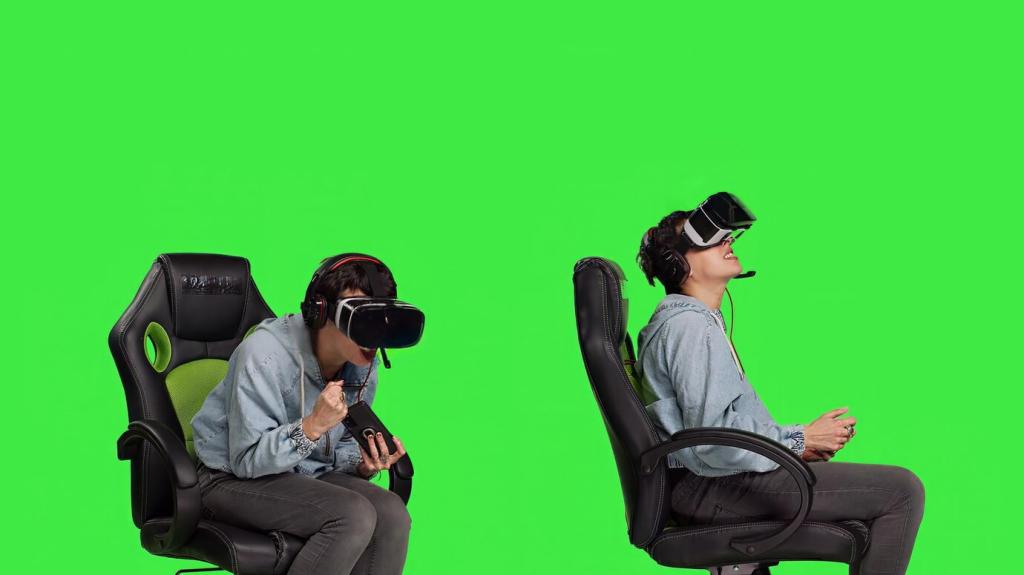
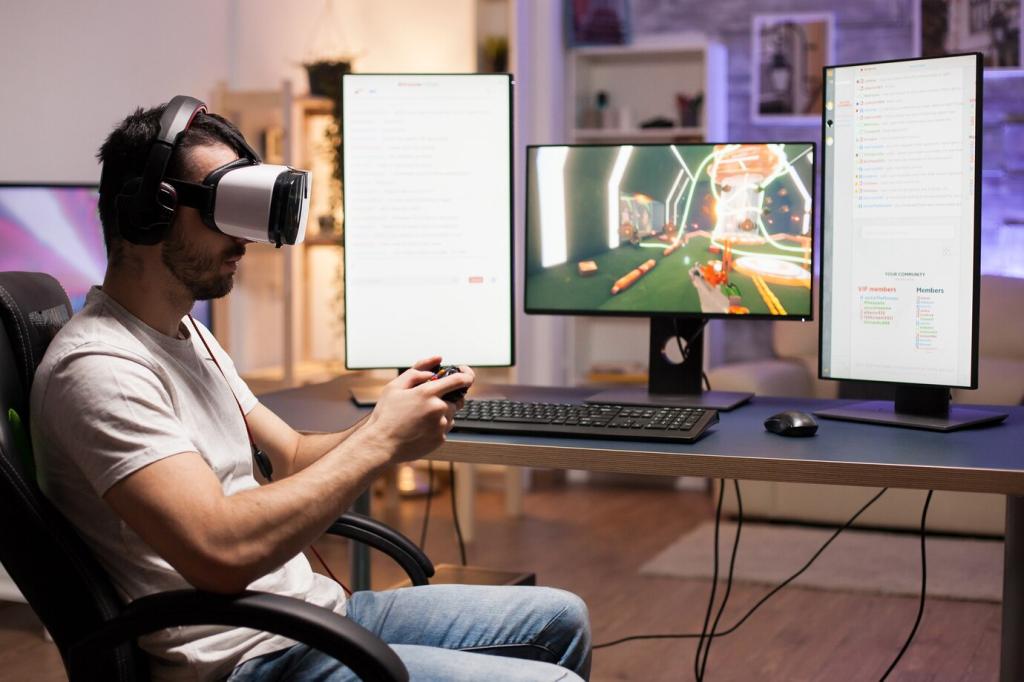
Under the Hood: The Tech That Makes the Magic
Printed icons or card backs can serve as sturdy anchors. Reliable image targets let the app snap overlays precisely onto tiles or dashboards, even under mixed lighting. Designers should test contrast, scale, and orientation to reduce drift during animated sequences and busy turns.
Under the Hood: The Tech That Makes the Magic
Modern AR frameworks use SLAM to map surfaces without markers. Spatial anchors pin effects above the board, enabling smooth occlusion and parallax. Calibrate once, then keep latency low so dragons, meeples, and damage numbers stay locked where players expect them.
Stories from the Table: First Encounters with AR
01
Grandma Versus the Paper Dragon
We taught a tile-laying game where a paper dragon model came alive through AR. Grandma, skeptical at first, placed a shrine tile and watched the dragon bow respectfully. She laughed, asked for another round, and later said the effects helped her remember the rules effortlessly.
02
Cooperative Mystery with Whispering Walls
During a co-op deduction night, scanning portraits triggered whispered clues that each device rendered slightly differently. Players compared overlapping hints, piecing together truth collaboratively. The subtle audio and timed visuals kept attention on faces around the table, not screens alone.
03
Convention Demo That Stopped Foot Traffic
At a crowded hall, a simple village board erupted with rain, lantern light, and wandering spirits. Spectators formed a ring, phones raised. The takeaway: evocative micro-animations tied to player actions create instant spectacle, while concise prompts keep gameplay crisp for newcomers.
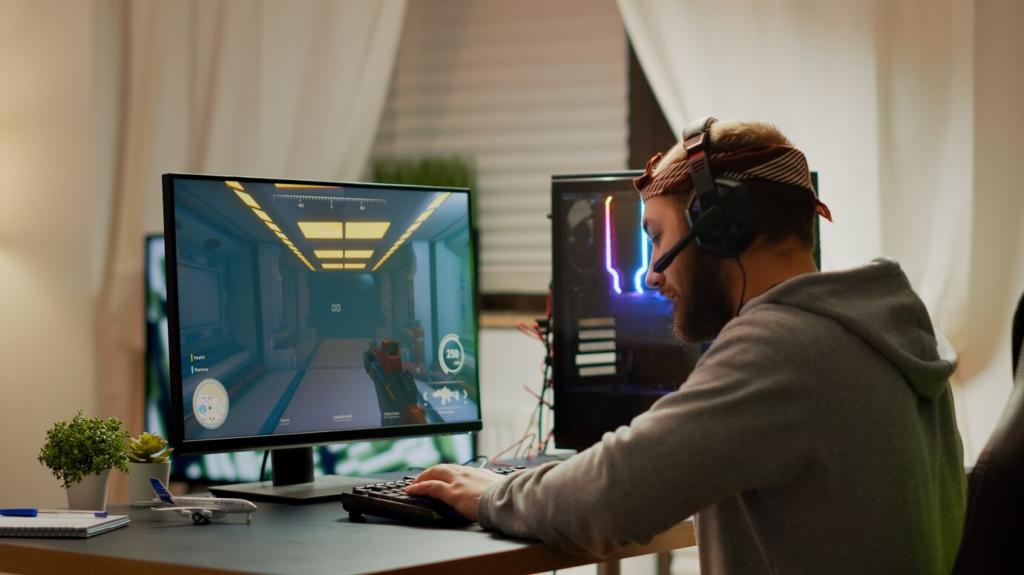
Lighting That Loves Both Paper and Pixels
Use diffuse, even lighting to prevent glare on glossy boards and eliminate harsh shadows. A desk lamp with a soft shade works wonders. Consistent illumination helps image targets pop, keeps colors readable, and reduces eye strain during those marathon campaign nights everyone cherishes.
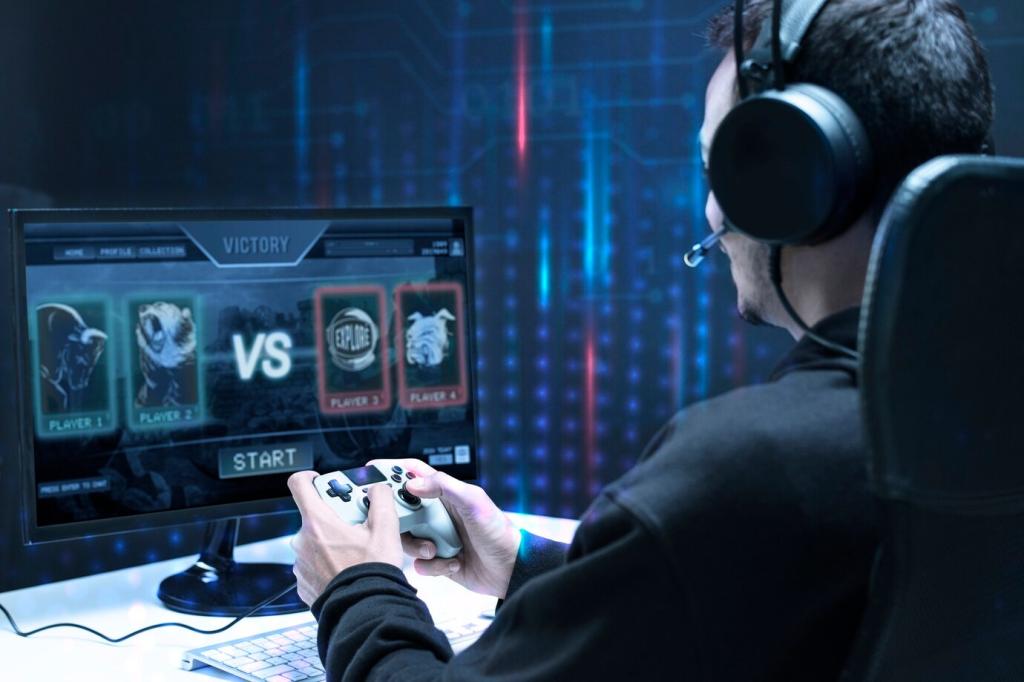
Stable Surfaces and Smart Stands
A non-reflective table mat improves tracking and component handling. Phone stands or lightweight goosenecks free hands for moves while maintaining camera alignment. Encourage players to calibrate together once, then keep devices roughly at the same height to minimize perspective drift across turns.
Expect legacy-style state stored across sessions: evolving maps, remembered alliances, and characters that learn new abilities. AR can visualize scars on the land, show rebuilt bridges, and unlock narrative side quests that respond to your group’s choices over months of memorable play.
